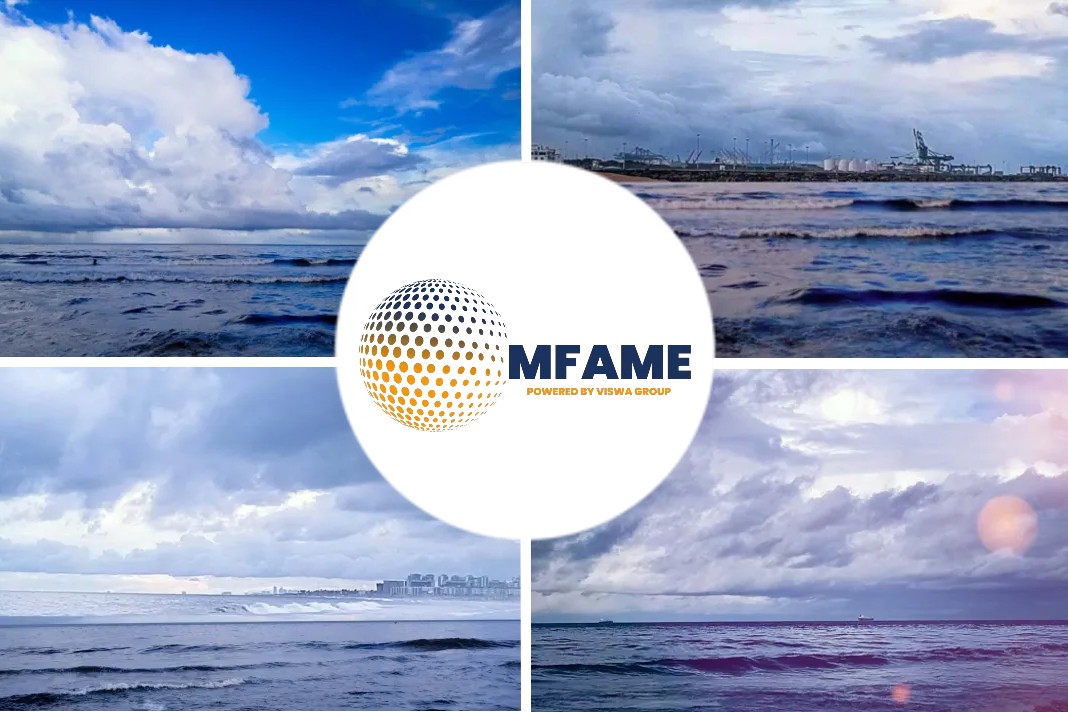
There has been extensive speculation of the cost for shipping from the European Union’s Emissions Trading System which starts to phase in as of 2024. Hecla Emissions Management is out with an analysis suggesting during the first three years, the liability for the shipping industry might reach nearly $20 billion.
Projected Liabilities
The consultancy set up by Wilhelmsen Ship Management and Affinity Shipping to help the shipping industry manage the obligations, used the 2022 dataset from the European Union’s Monitoring, Reporting and Verification system to reach its conclusions. They calculated using the current market value of €90 per emission allowance for CO2. The total ETS-applicable emissions for the maritime industry amounted to 83.4 million metric tons of CO2 in 2022. That would have a cost of €7.5 billion for the year. In their analysis, they used the 2022 data and factored in the three-year phase-in period of the ETS. Using the 40 percent coverage in 2024, the cost is €3.1 billion, at 70 percent in 2025 it would be €5.7 billion, and at 100 percent in 2025, they calculate the cost at €8.4 billion. The total is €17.2 billion, which comes to $18.9 billion at current conversion rates.
“The projected liabilities emphasize the importance of shipping companies preparing for their entry into the ETS,” said Hugo Wilson, Director of Hecla Emissions Management. They recognize that there are fluctuations in the yearly CO2 emissions with different sectors of the shipping industry producing different amounts. Even with precautions built into the ETS system to protect against avoidance tactics, there are steps shipowners can take within their normal trading patterns.
Change In CO2 Levels
While there were significant changes in the CO2 levels from 2021 to 2022 in the dataset, some of it is the result of changes in the market environment, says Wilson. Container shipping, for example, experienced strong demand in 2021 versus a noticeably cooler market in 2022, contributing Hecla believes to an 8.95 percent reduction in emissions or a saving of approximately 2.3 million metric tons of CO2 equivalents.
The data also showed emissions decreases across multiple shipping segments, including tankers, general cargo ships, reefers, Ro-Ros, and chemical tankers. However, passenger ships, which might in part be to the rebound in travel in 2022 after the pandemic-related slowdowns in 2020 and 2021, recorded increases in CO2 equivalents up 118 percent for the passenger category in 2022. Similarly, LNG carriers logged substantial increases up 63 percent reflecting the increased demand for LNG shipping in Europe to replace gas supplies previously coming from Russian pipelines.
Did you subscribe to our newsletter?
It’s free! Click here to subscribe!
Source: Maritimeexecutive























